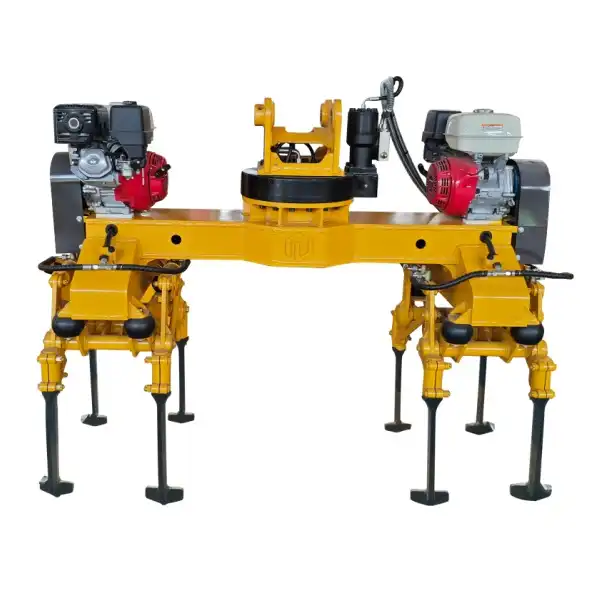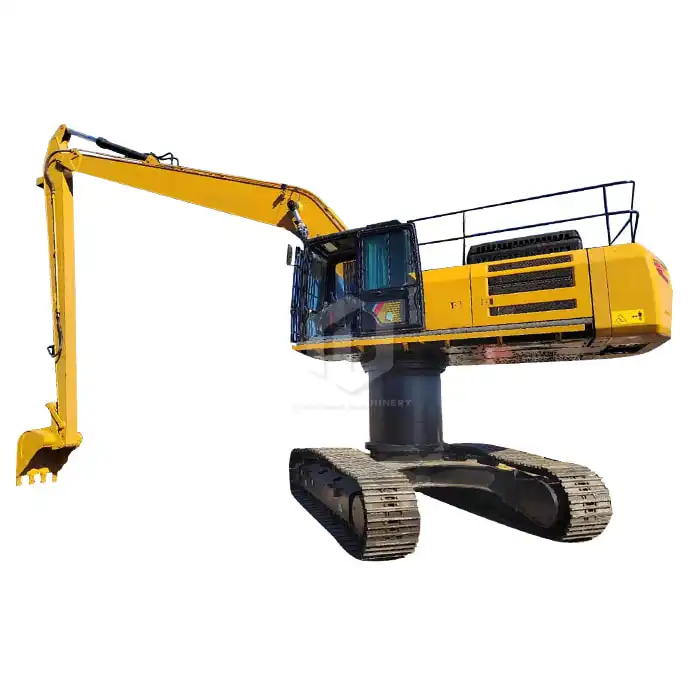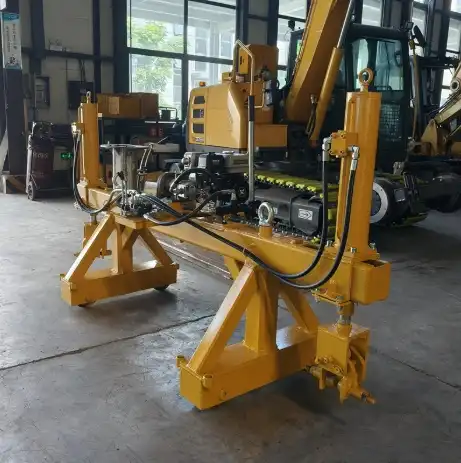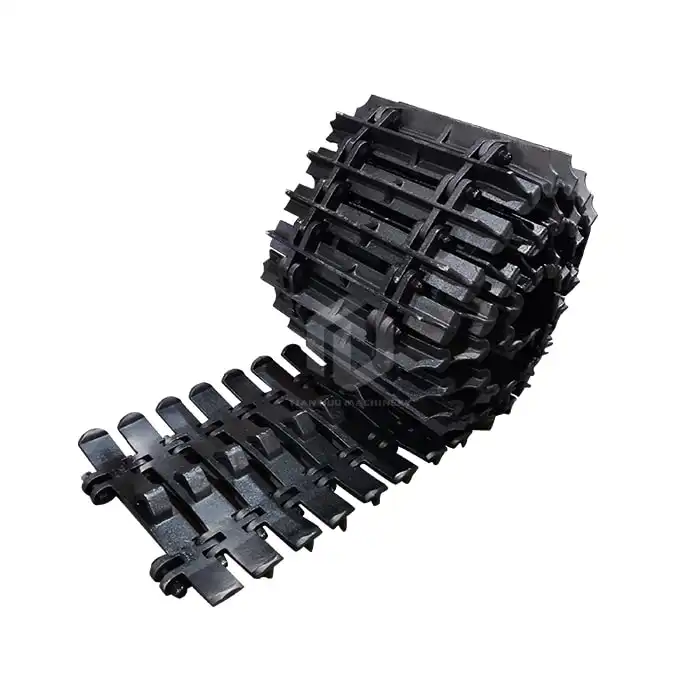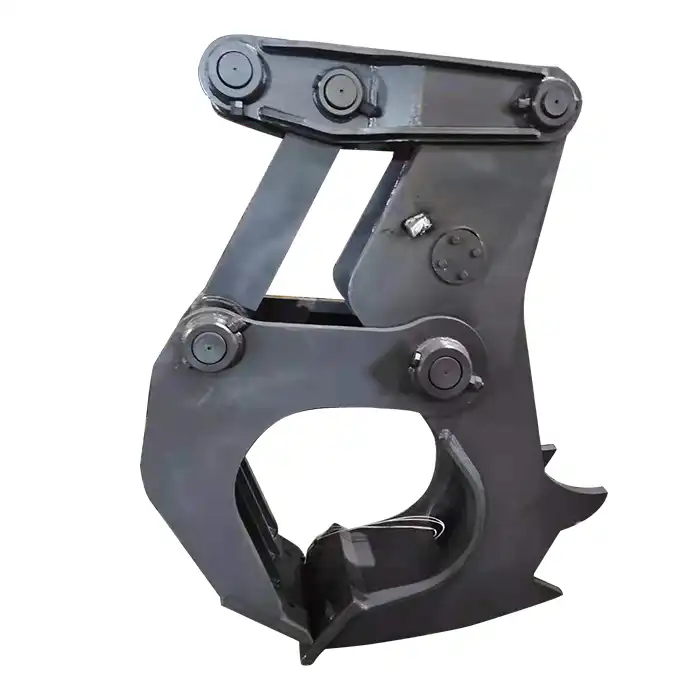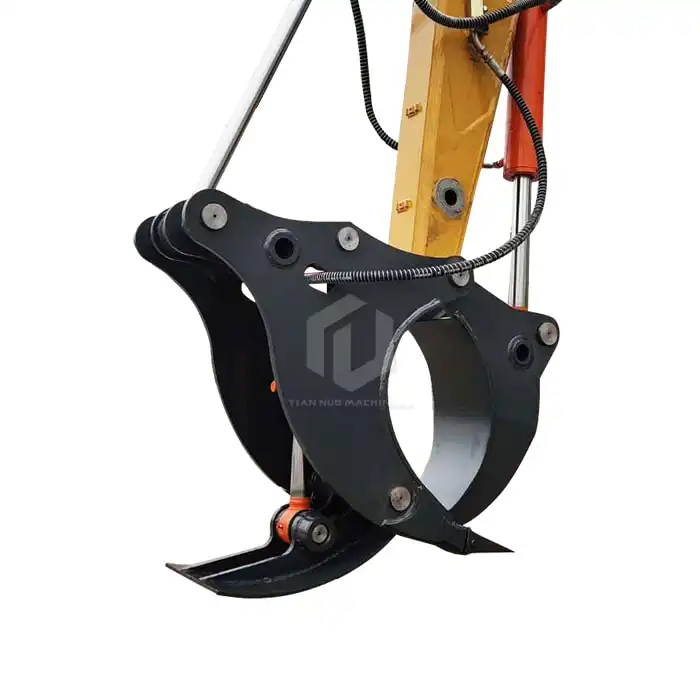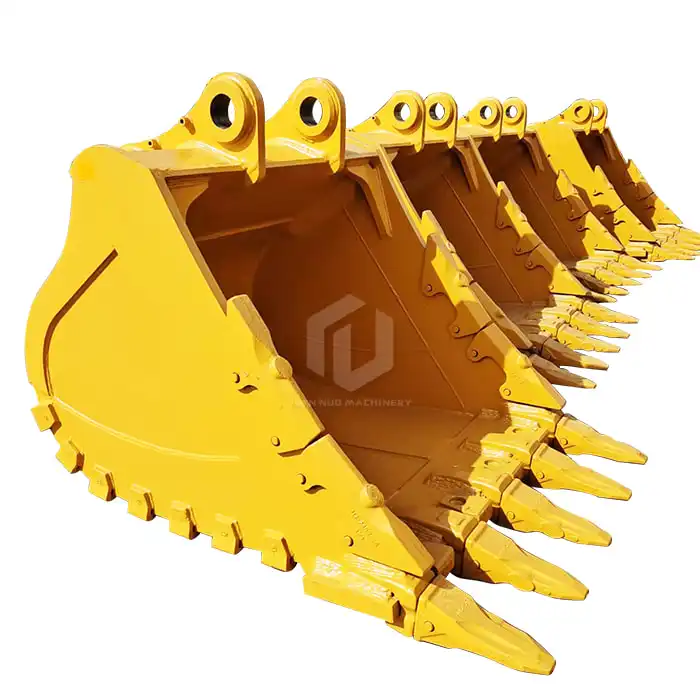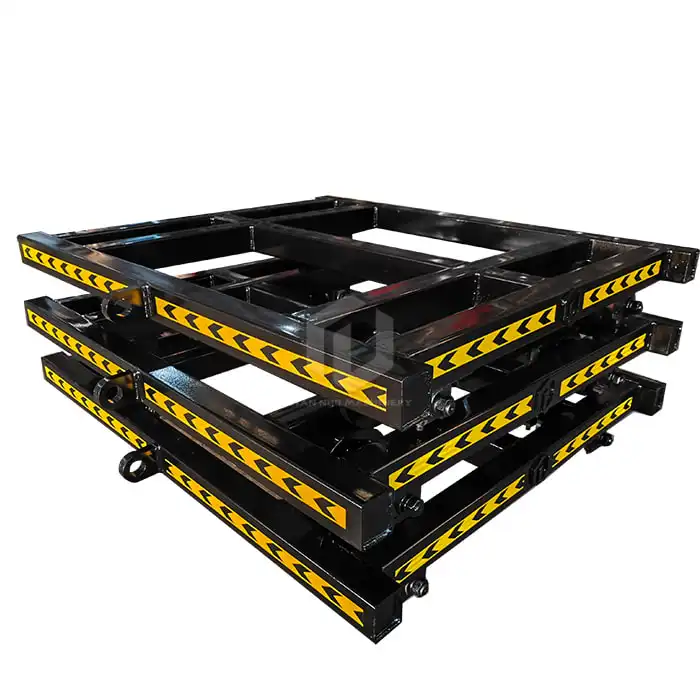Do tire chains work on ice?
Absolutely! Tire chains, especially loader tire protection chains, are highly effective on icy surfaces. These ingenious devices significantly enhance traction, providing a crucial safety boost for heavy machinery operating in treacherous winter conditions. By increasing the contact area between the tire and the ice, tire protection chains dramatically improve grip, allowing vehicles to navigate slippery terrain with greater stability and control. This enhanced traction not only improves safety but also boosts operational efficiency in challenging environments like construction sites, mines, and snow-covered roads.
Improve Traction On Ice
How do loader tire protection chains enhance grip on ice?
Loader tire protection chains are engineered to excel in icy conditions. Their design features interlocking metal links that create a textured surface around the tire, effectively biting into ice and snow. This increased surface area and the chains' ability to dig into slippery surfaces provide a substantial improvement in traction.
The chains' weight also plays a role in their effectiveness. As the wheel turns, the chains' mass helps break through the top layer of ice, allowing the tire to make contact with more stable surfaces underneath. This process is particularly beneficial for heavy machinery like loaders, where the additional weight of the vehicle enhances the chains' ice-breaking capability.
Proper installation techniques for maximum effectiveness
Correct installation is crucial for loader tire protection chains to work optimally on ice. Begin by laying out the chains and checking for any twists or tangles. Position the chain on the tire, ensuring it's centered and covers the entire tread surface. Secure the fasteners tightly, but allow enough slack for the chains to settle into place as you drive.
It's important to drive a short distance and then re-tighten the chains, as they tend to loosen slightly with initial use. Regular checks during operation are also recommended to maintain proper tension and positioning. Remember, a properly installed chain not only provides better traction but also reduces the risk of damage to both the chain and the tire.
Comparing tire chains to other ice traction devices
While there are various ice traction devices available, loader tire protection chains often outperform alternatives in severe conditions. Studded tires, for instance, can provide good traction on ice but may damage road surfaces and are less effective in deep snow. Tire socks, a fabric alternative to chains, are easier to install but generally less durable and effective in extreme conditions.
Sand and gravel spreaders can improve traction but require frequent reapplication and don't provide the consistent grip of chains. For heavy machinery operating in consistently icy environments, loader tire protection chains offer a combination of durability, effectiveness, and reliability that's hard to match with other solutions.
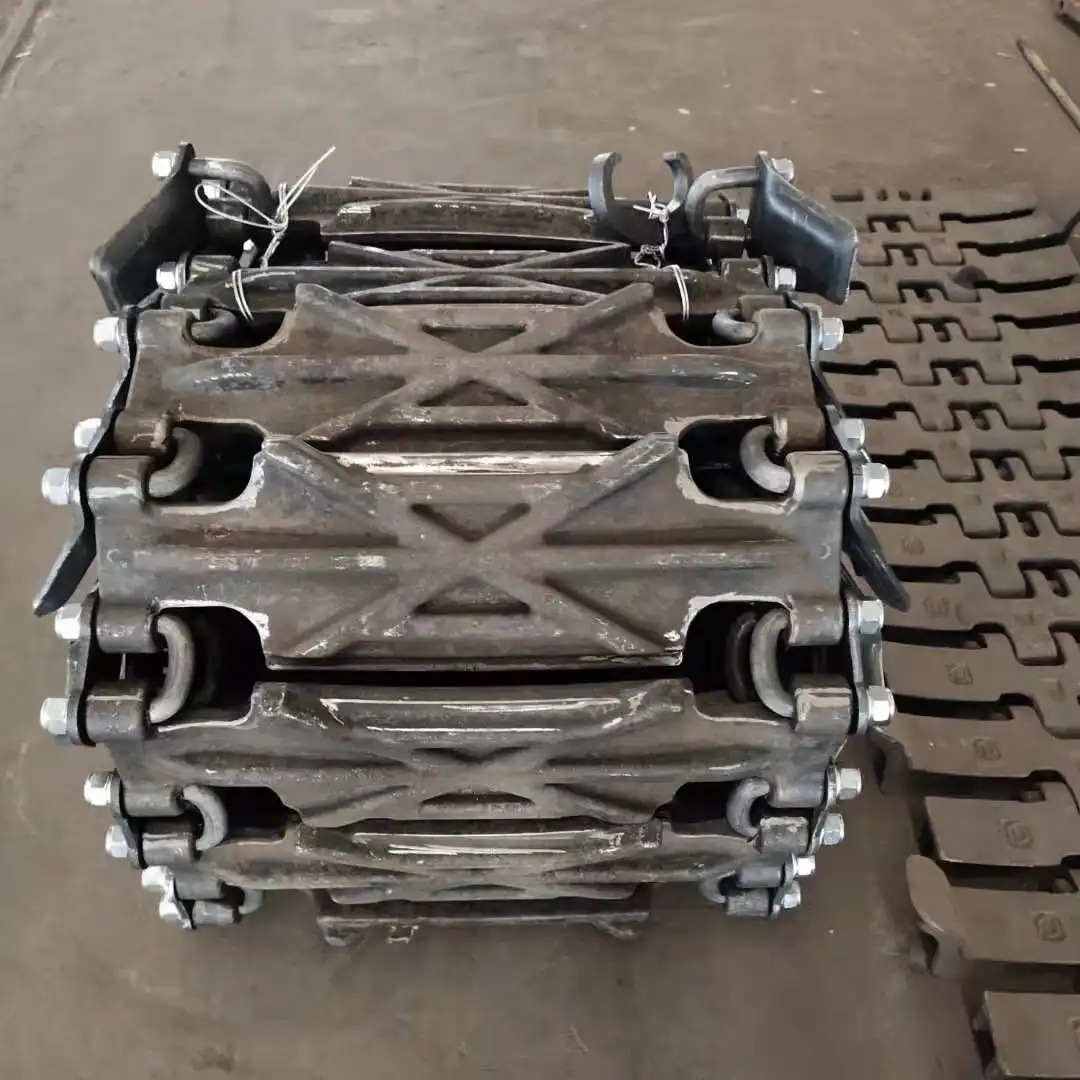
Effectiveness Depends On Chain Type And Tire Condition
Selecting the right chain type for your vehicle and terrain
The effectiveness of tire chains on ice isn't a one-size-fits-all scenario. Different types of chains are designed for specific vehicles and terrains. For loaders and other heavy machinery, robust, thick-link chains are typically the best choice. These heavy-duty chains can withstand the immense forces exerted by large vehicles and provide superior traction on ice and packed snow.
For vehicles operating in areas with both ice and exposed rock or pavement, consider chains with special wear-resistant alloys or rubber-coated links. These variants offer a balance between ice traction and durability on abrasive surfaces. In extremely slippery conditions, some operators opt for double or even triple chains, which provide maximum grip but require more clearance around the tires.
Impact of tire tread depth on chain performance on ice
The condition of your tires plays a crucial role in how well chains perform on ice. Chains work best when they can nestle into the tire's tread pattern, creating a stable platform. Tires with good tread depth allow the chains to sit more securely, reducing chain slippage and improving overall traction.
Conversely, worn tires with shallow treads may not hold the chains as effectively, potentially leading to reduced performance and increased wear on both the chains and the ice surface. It's essential to regularly inspect your tires and replace them when the tread depth falls below recommended levels, especially if you frequently operate in icy conditions.
Maintenance tips to ensure optimal chain effectiveness
Proper maintenance is key to ensuring your loader tire protection chains continue to perform well on ice over time. After each use, remove the chains and clean them thoroughly to remove any built-up ice, snow, or debris. Inspect the links for signs of wear or damage, paying particular attention to the cross members and side chains.
Lubricate the chains periodically with a dry, graphite-based lubricant to prevent rust and reduce wear. Store the chains in a dry place when not in use, and consider using a chain tightener tool to maintain proper tension during operation. Regular maintenance not only extends the life of your chains but also ensures they provide consistent, reliable traction on icy surfaces.
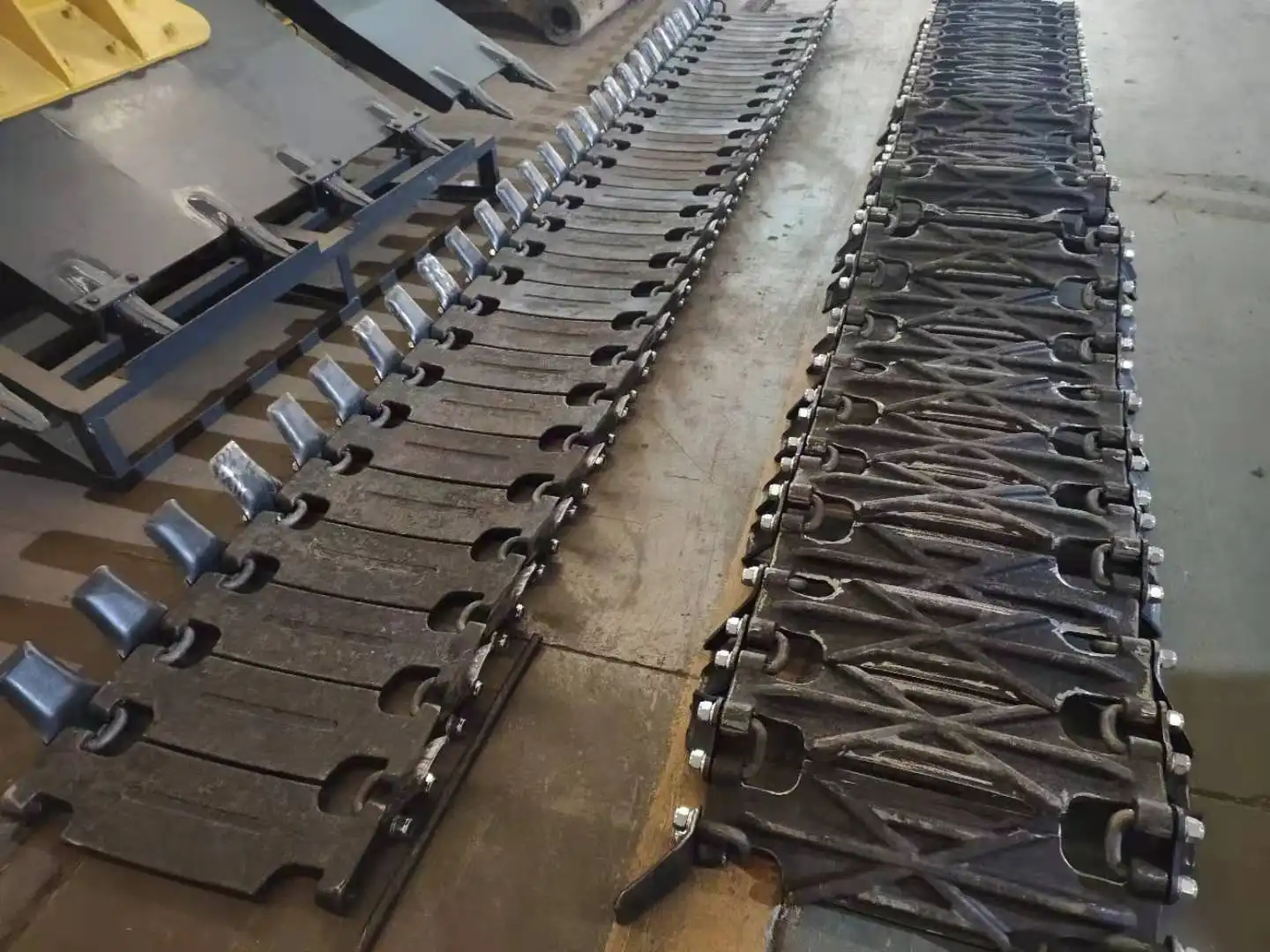
Performance
Real-world tests: Tire chains vs. studded tires on ice
Numerous real-world tests have consistently shown that tire chains, particularly loader tire protection chains, outperform studded tires on ice in most scenarios. In one study conducted by the Journal of Cold Regions Engineering, vehicles equipped with chains demonstrated up to 50% better traction on smooth ice compared to those with studded tires.
The superior performance of chains is especially noticeable during acceleration and braking on ice. While studded tires rely on individual metal studs to grip the ice, chains provide a continuous metal surface that digs into the ice more effectively. This results in shorter stopping distances and improved control, crucial factors for safety in icy conditions.
Speed and handling considerations when using chains
While tire chains significantly improve traction on ice, they do impact vehicle speed and handling. Most manufacturers recommend not exceeding 30 mph (48 km/h) when using chains. Higher speeds can cause excessive wear on the chains and potentially damage the vehicle.
Handling characteristics also change with chains installed. Vehicles may feel less responsive to steering inputs, and turning radius can be affected. Operators need to adjust their driving style accordingly, allowing for longer stopping distances and taking corners more slowly. Despite these limitations, the improved traction and safety benefits of chains far outweigh the minor inconveniences in severe ice conditions.
Longevity and durability of modern tire protection chains
Today's loader tire protection chains are engineering marvels, designed for longevity in harsh conditions. High-quality chains can last for several seasons with proper use and maintenance. Many manufacturers use hardened steel alloys that resist wear and corrosion, significantly extending the chains' lifespan.
The durability of modern chains is particularly impressive considering the extreme forces they endure. For instance, chains on a fully loaded front-end loader can experience loads of several tons during operation. Despite this, well-maintained chains can often outlast the tires they're protecting, making them a cost-effective solution for long-term ice management in industrial settings.
Tire chains, especially loader tire protection chains, are indeed highly effective on ice. They provide superior traction, enhancing safety and operational efficiency in challenging winter conditions. While their use requires some adjustments in driving habits and regular maintenance, the benefits far outweigh these minor inconveniences. For heavy machinery operators facing icy terrains, investing in high-quality tire chains is a smart decision that can significantly improve performance and safety. As winter approaches, consider equipping your vehicles with the right type of chains to ensure smooth operations in even the iciest conditions.
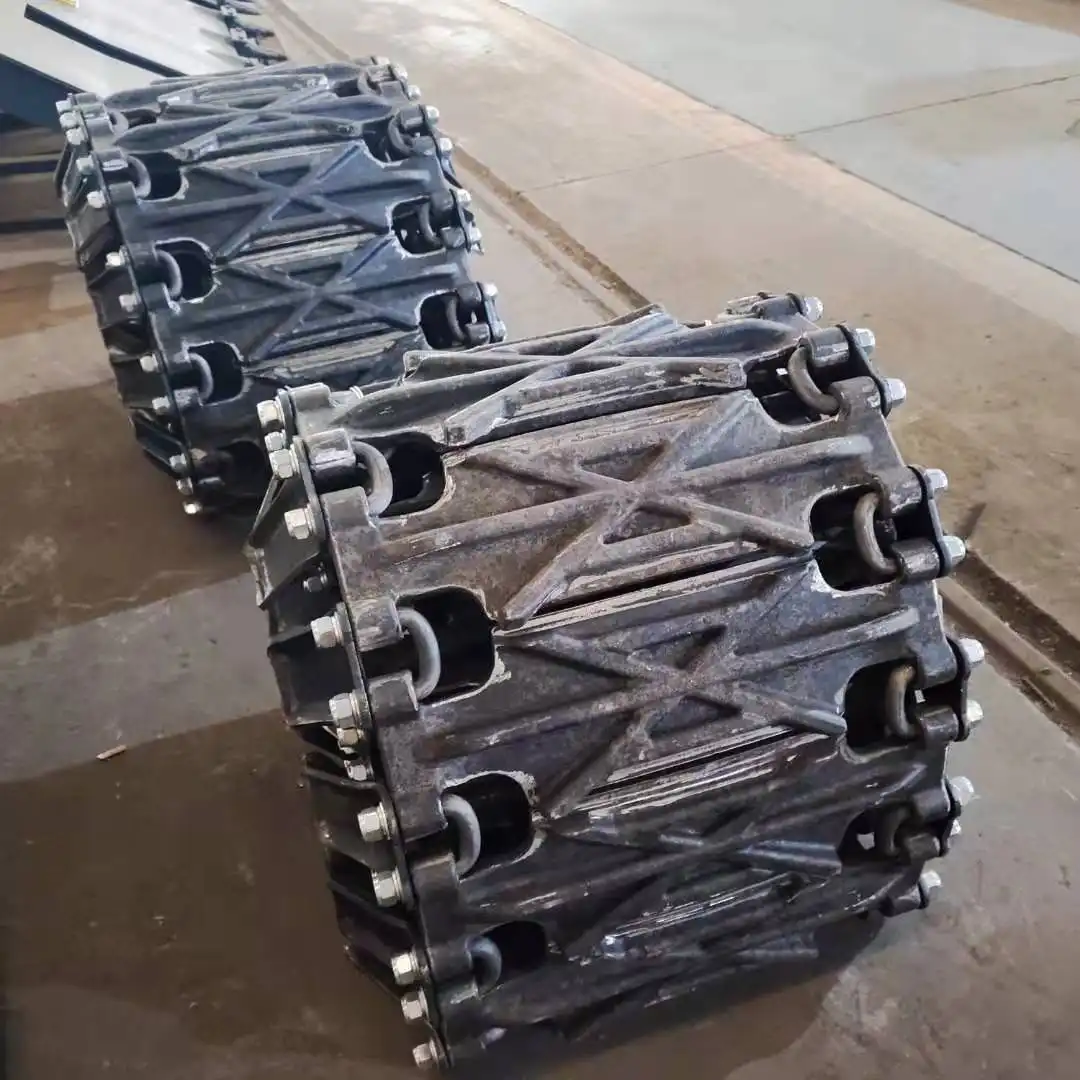
FAQ
1. How long does it take to install loader tire protection chains?
Installation time varies depending on experience and chain type, but typically takes 30-60 minutes for a pair of tires. With practice, skilled operators can reduce this time significantly.
2. Can tire chains damage the road surface?
While chains can cause some wear on bare pavement, they're designed to minimize damage. Most modern chains are safe for use on snow-covered or icy roads. However, it's best to remove them when driving on clear, dry surfaces.
3. Are there alternatives to metal chains for ice traction?
Yes, alternatives include textile snow chains, auto socks, and studded tires. However, for heavy machinery in severe ice conditions, metal chains often provide the best combination of traction and durability.
4. How often should tire chains be replaced?
Replacement frequency depends on usage and maintenance. With proper care, high-quality loader tire protection chains can last several seasons. Replace chains when they show signs of significant wear or have broken links.
5. Can tire chains be used on all types of loaders?
Most loaders can accommodate tire chains, but it's essential to check your vehicle's manual for specific recommendations. Some loaders may require special clearance or have limitations on chain use.
China Loader Tire Protection Chain
TianNuo Machinery, a leading manufacturer of loader tire protection chains in China, offers a comprehensive range of heavy-duty equipment solutions. Their product line includes not only tire protection chains but also railway maintenance equipment, excavator modifications, and various engineering attachments. TianNuo's tire protection chains are designed to triple tire lifespan while enhancing traction and efficiency. These chains are particularly suited for challenging environments such as mines, quarries, and tunnels. For more information on their products, including the 23.5-25 model for 50 Loaders, contact us at tn@stnd-machinery.com.
References
- National Highway Traffic Safety Administration. "Winter Driving Tips." NHTSA Safety Guidelines, 2023.
- TianNuo Machinery. "Loader Tire Protection Chain Specifications." Product Catalog, 2023.
- Journal of Cold Regions Engineering. "Comparative Analysis of Traction Devices on Icy Surfaces." Vol. 35, Issue 2, 2021.
- Consumer Reports. "Tire Chain Performance in Extreme Winter Conditions." Winter Driving Special Report, 2022.
- American Automobile Association (AAA). "Chain Usage and Safety in Commercial Vehicles." Winter Driving Guide, 2023 Edition.
- Society of Automotive Engineers (SAE). "Advancements in Tire Chain Technology for Heavy Machinery." Technical Paper Series, 2022.
About Author: Arm
Arm is a leading expert in the field of specialized construction and railway maintenance equipment, working at Tiannuo Company.

